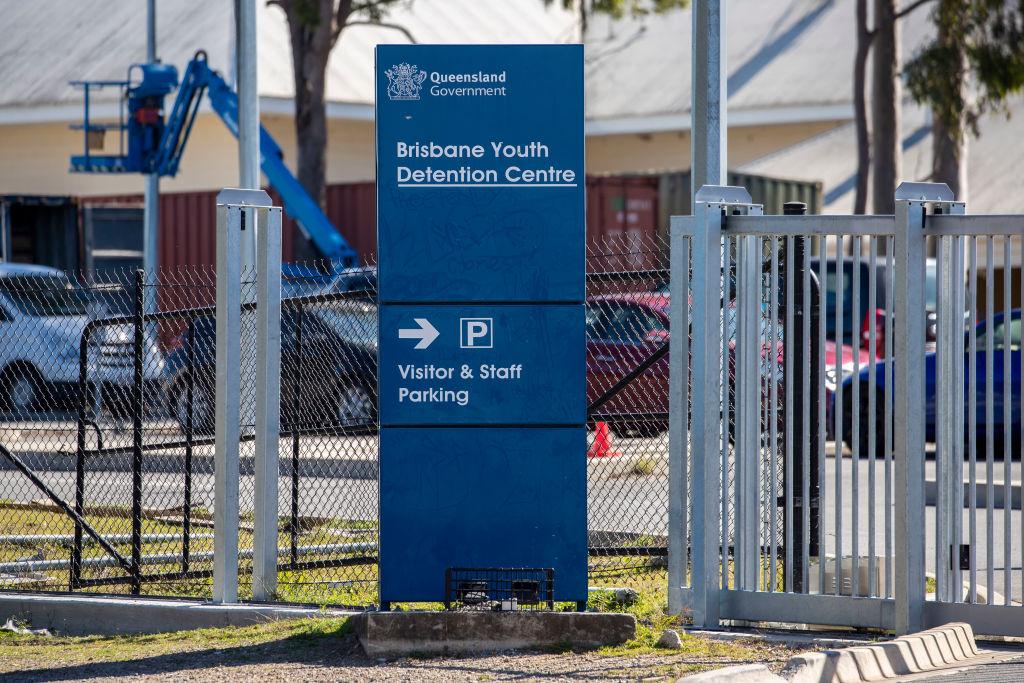Australia’s youth detention system continues to be over-represented by Indigenous children, as over six in ten youths locked up in detention centres are of First Nations background.
According to a newly released report (pdf) by the Australian Institute of Health and Welfare (AIHW), Indigenous children accounted for 63 percent of people aged 10–17 in detention on an average night in the June quarter of 2023.





